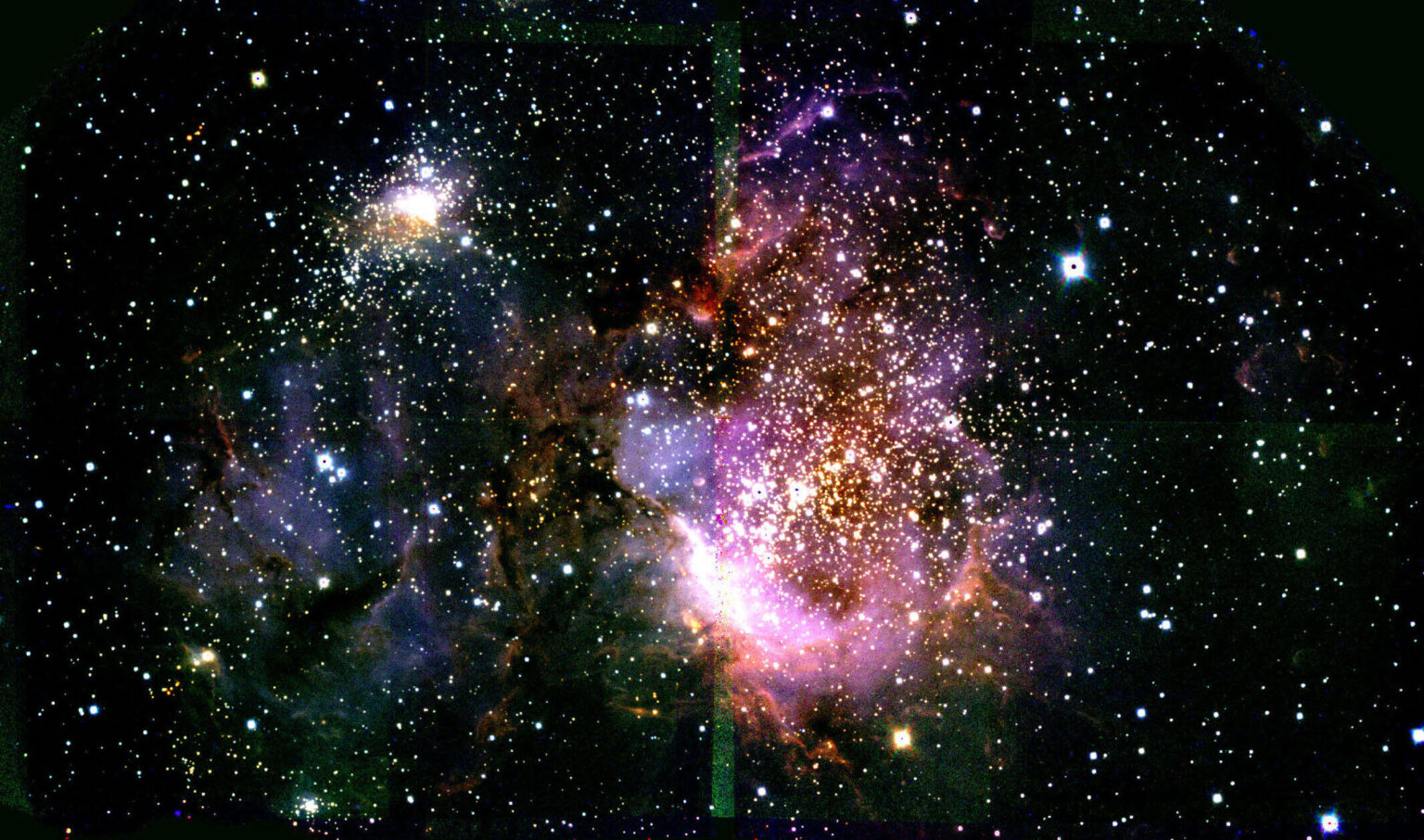The distribution of the masses of the luminaries in the Universe 10 billion years ago was not much different from current ones. This conclusion was made by scientists observing star formation, the conditions in which were not very different from those that existed at that time.

Cloud on the edge of the Milky Way
Scientists from the National Astronomical Observatory of Japan used the Subaru telescope to explore the Sh 2-209 star formation region, which is located at the very edge of the Milky Way. Like other similar objects, it is a cold gas-dust cloud in which young luminaries have already begun to form.
However, Sh 2-209 is special in that it consists of almost pure hydrogen and has a small proportion of elements heavier than it. In this way, it is very similar to the cradles of star formation, which existed about 10 billion years ago.
This is not the very beginning of star formation in the Universe, but those distant times should have been very different from the present. In particular, scientists are very interested in next: what proportion of the stars that were formed at that time were heavier than the Sun, because it was expected that at the very beginning of history they reached gigantic sizes.
Star masses in the early Universe
Scientists have learned that Sh 2-209 contains at least two clusters of young stars. They are a common and rather short-term phenomenon that arise in the early periods of the existence of the luminaries, and then disintegrate. However, scientists have not yet seen such large clusters so far from the center of the Milky Way.
The larger one contains more than 1,500 young stars. The Subaru telescope can show that their mass varies from 0.1 to 20 times the mass of the Sun. It turns out that the proportion of stars that are larger than ours in this cluster is only slightly higher than what is generally observed throughout our Galaxy.
It also turns out that the proportion of luminaries that have a mass less than the Solar one is also increased compared to the norm. All this gives scientists the opportunity to conclude that stars formed 10 billion years ago are not much different in size from modern ones.
It is quite possible that in earlier epochs, when there were even fewer elements heavier than hydrogen, there really were mainly giants. Some evidence of this fact exists. However, quite quickly everything has come to the state that we are witnessing now.
According to phys.org
Follow us on Twitter to get the most interesting space news in time
https://twitter.com/ust_magazine

